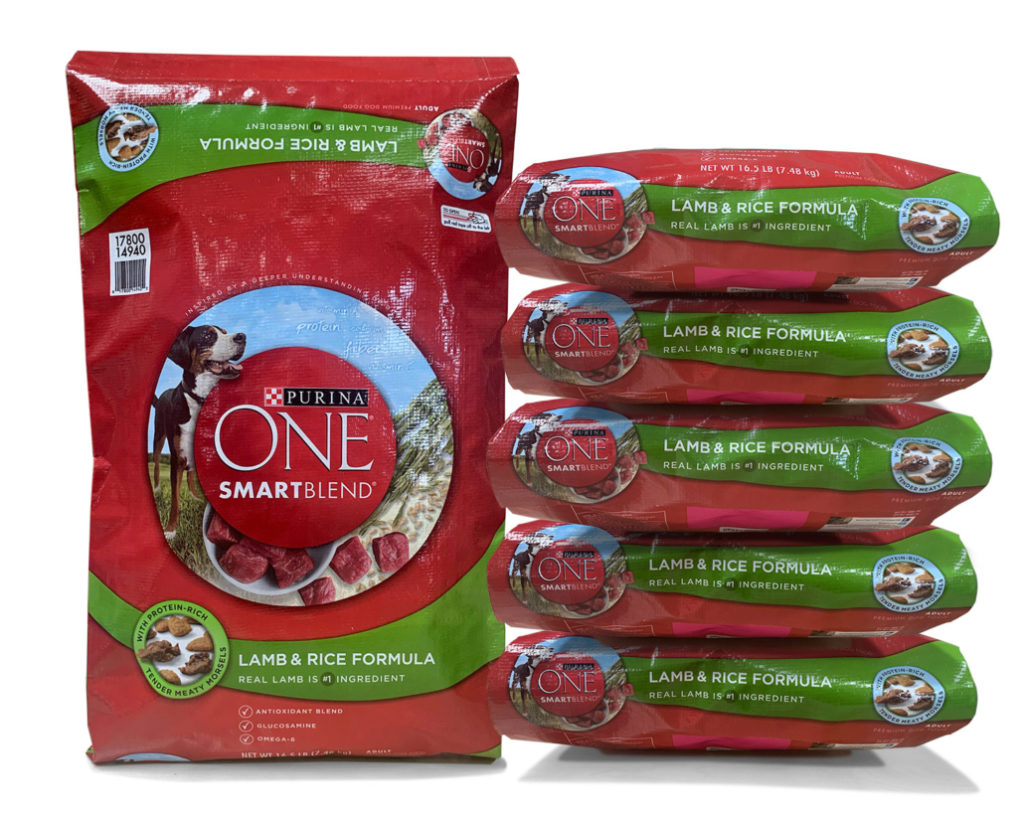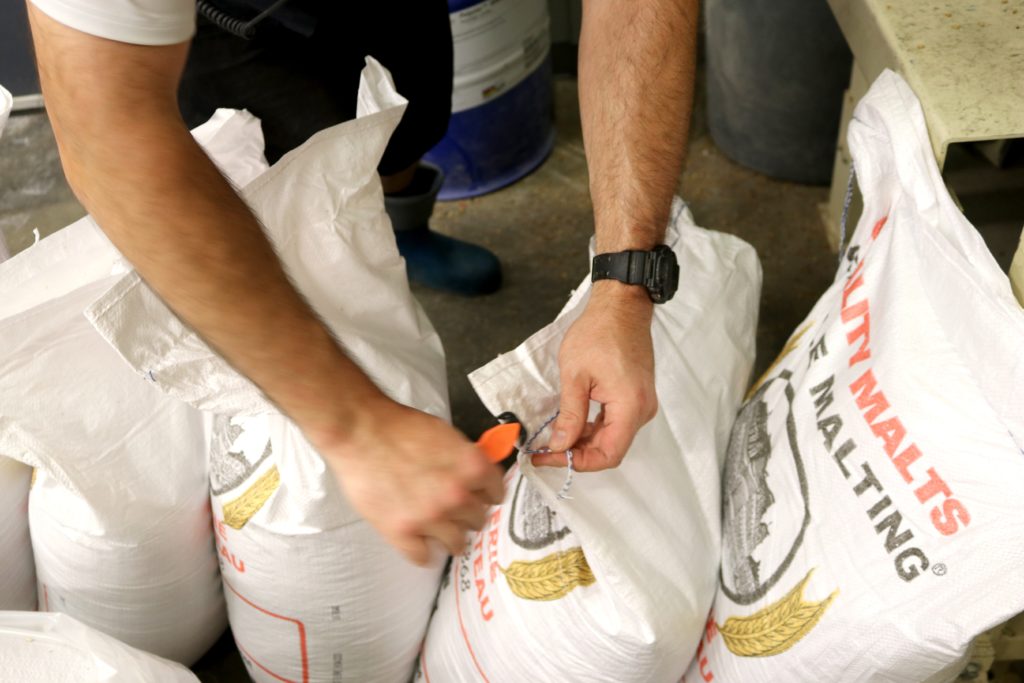Introduction
In industries that depend on bulk packaging—such as agriculture, chemicals, pet food, and building materials—product protection during storage and transport is non-negotiable. Damaged goods can lead to customer dissatisfaction, regulatory issues, and significant financial losses. This is where BOPP bags (Biaxially Oriented Polypropylene bags) step in as a smart, durable, and highly effective packaging solution. Combining structural strength with high moisture resistance and excellent printability, BOPP bags offer far more than just aesthetic appeal—they actively safeguard your product every step of the way.
What Makes BOPP Bags Different?

BOPP bags are made by laminating a BOPP film over woven polypropylene fabric. The biaxially oriented polypropylene film is stretched in two directions—machine and transverse—which enhances its tensile strength, clarity, and barrier properties. The result is a packaging material that is not only tough and tear-resistant but also resistant to moisture, sunlight, and handling damage. These qualities make BOPP bags an excellent choice for packaging materials that require extended shelf life and protection during long-distance transportation.
1. Superior Strength and Durability
One of the most significant advantages of BOPP bags is their mechanical strength. The woven polypropylene base gives the bag excellent load-bearing capacity and puncture resistance. This makes it ideal for packing heavy or coarse materials such as animal feed, fertilizers, seeds, sand, and chemicals. Unlike paper or jute bags, BOPP bags don’t tear or split easily, reducing the risk of spillage during stacking, shipping, or rough handling.
Moreover, the tight weave and robust lamination help the bags maintain their shape even under pressure, preventing sagging or collapsing when stacked in warehouses or on pallets. This structural integrity ensures that products stay contained and safe throughout their lifecycle.
2. Moisture and Contaminant Resistance
Moisture is a major enemy of many packaged goods—especially in humid climates or during marine transport. Products like flour, sugar, grains, and cement can easily degrade or clump when exposed to humidity. The BOPP film acts as a protective barrier against moisture, keeping contents dry and uncontaminated.
In addition to moisture, the laminated surface also helps protect against dust, insects, and chemical exposure. This makes BOPP bags especially useful in environments where sanitation and cleanliness are critical, such as food processing, pharmaceuticals, and agriculture.
3. UV Protection for Outdoor Storage
Another key benefit of BOPP bags is their ability to resist ultraviolet (UV) rays. BOPP films can be treated with UV stabilizers to protect the bag’s surface and printed design from fading or degrading due to sun exposure. For industries that rely on outdoor storage or transportation—such as construction, farming, and logistics—this added layer of protection ensures that the bag remains intact and the contents are shielded from sunlight-induced damage.
4. Reduced Risk of Product Loss
BOPP bags minimize product loss in several ways. Their tear resistance, strong sealability, and low permeability prevent leakage and reduce the chances of contamination. For fine powders or granular materials that are prone to spilling, this is a major advantage over traditional paper or multi-layered kraft bags.
The bags also come with various closure options, including heat sealing, stitching, or valve spouts, allowing manufacturers to choose the most secure sealing method based on the product type. A well-sealed BOPP bag ensures that the material stays intact from filling to final delivery.
Efficient Handling and Storage
Because of their durability and stackability, BOPP bags are easier to handle, load, and store compared to less structured alternatives. They can be stacked high without breaking or bulging, saving valuable warehouse space. Their slick exterior also means that they can be easily cleaned and don’t retain dust or moisture—an important feature for industries concerned with hygiene.
Additionally, many BOPP bags come with anti-skid coatings or textured finishes that prevent slipping during palletizing, making them safer and more stable during transport.
5. Longevity and Reusability
Unlike single-use paper sacks or low-grade plastic bags, BOPP bags are reusable and long-lasting. Their strength and resistance to wear and tear mean they can be repurposed multiple times before needing replacement. This reduces the overall cost of packaging and aligns with sustainability goals by minimizing waste.
In fact, BOPP bags are 100% recyclable, and their longer life cycle contributes to eco-friendly packaging practices—a growing priority for companies aiming to reduce their environmental footprint.
6. Customizable for Added Functionality
Beyond protection, BOPP bags are highly customizable. You can add ventilation holes for breathability, anti-slip coatings for safe stacking, or special liners for extra barrier protection. Whether you need a matte or glossy finish, multi-color printing, or tamper-evident sealing—BOPP bags can be tailored to meet the specific needs of your product and supply chain environment.
Also Read: Moisture Protection and Durability: Key Advantages of BOPP Bags
Final Thoughts
In industries where product protection during storage and transportation is essential, BOPP bags offer a reliable and high-performance solution. From their exceptional strength and moisture resistance to their stackability and UV protection, these bags are engineered to keep your products safe, fresh, and intact from factory to final delivery.
Whether you’re packaging animal feed, fertilizer, food-grade ingredients, or construction materials, switching to BOPP bags could significantly enhance your product’s protection, reduce losses, and optimize supply chain efficiency—all while improving shelf presence with vibrant, high-quality printing.

